Champions Of Neckrobatics - Oriental Darters
The Harpooning Oriental Darters
BIRDS
Aniruddha Bhattacharya
7/10/20252 min read
Kaziranga National Park
If you’ve been reading my posts here then you know that some birds scare me. It’s usually the big billed ones like Ibises, Hornbills and such. Well, this guy not only has a fencing sword for a bill, he’s got a spring action neck that coils up and lets him perform neck acrobatics that look just out right freaky. Not to mention that his neck and bill working together doubles as a harpoon and seeing just his head and neck in the water may give you the impression that he’s a snake giving him the obvious nickname of ‘The Snake Bird’. Trust me, I wouldn’t get close to one of these guys if you paid for a trip to Africa for me to do it but please feel free to enjoy these photos ( taken from a distance ) of The Oriental Darter.
They’re called Darters. Says it all doesn’t it? Just that his dart is his face and it’s on a leash, his neck. Birds are just so amazing because they’ve taken such different routes to change and become good at what they do. It’s mind boggling for me really and that’s why I chase these scary guys around. All of the photos of Oriental Darters here so far are from Kaziranga and I’ve seen them in Manas as well. They’re not hard to find in the reserves in Assam. They’re usually around fresh water and they prefer to hunt under water. In fact you’re guaranteed sightings of these guys in Kazi’s core zone right when you enter and get to that gorgeous old bridge. They’re pretty easy to photograph out of the water cause they’re usually there on the lookout or drying off. Now I haven’t been lucky enough to catch a clear shot of them in the water but I do hope to make action images of them someday for sure. The sight of them drying off is also pretty awesome cause of the details of their wings ( Pic : 6 ).
It’s all in the neck with these guys and what they’ve done is gone and developed strong muscles about a kink in the neck at the 8th and 9th vertebrae that makes them the champions of neckrobatics and allows for the neck to be flexed, retracted, coiled up or turned around as you can see in the photos. They also have webbed feet to allow for easy maneuvering in the water. They are found all over India and South East Asia. These birds moult once a year and interestingly go through a phase in between when they can’t fly. During that time, their means of escaping danger involves diving into the water and the use of their underwater swimming skills to evade their foes. They are usually silent except in their nests which are platforms made of sticks. They are monogamous and typically breed in colonies. Both the male and female incubate their eggs which take about a month to hatch. They bill feed their chicks who leave the nest at around fifty days or so. Sexual maturity is attained at around two years.
Most places that I’ve seen Oriental Darters at also has Cormorants and it’s no surprise really cause if you look at these two species, they look pretty much the same below the neck. Not a surprise then that they’re related and part of the same order, Suliformes. Historically, they were placed in the same family but darters are now classified in their own family, Anhingidae.
For me, Oriental Darters will always be the first bird whose name I learnt on safari. We all know the Eagles and Parrots from T.V and books but the Darter I saw first and then the name stuck. Of course it did, you see that fencing sword it calls a face? I’ll admit though that they’re pretty cool alright. From a distance. See that neck? Just gotta mind the distance.
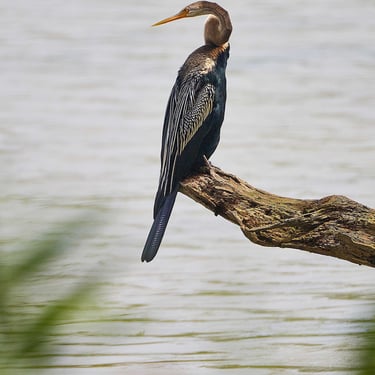
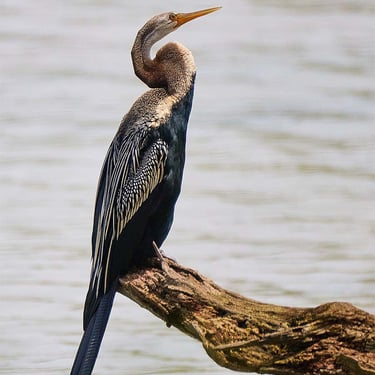
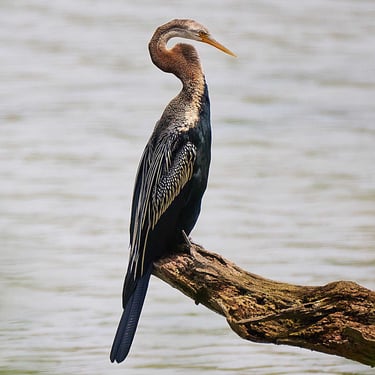
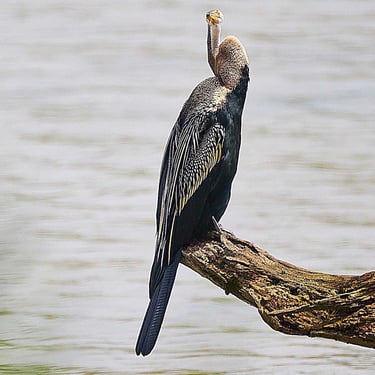
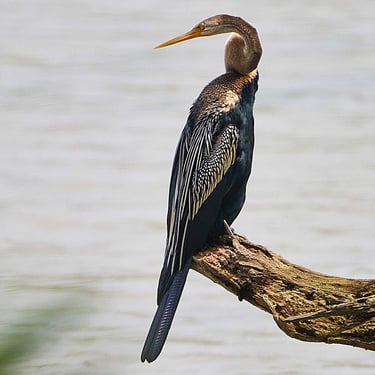
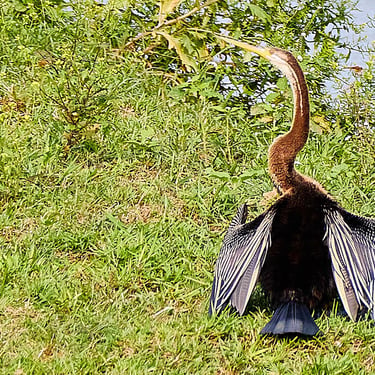
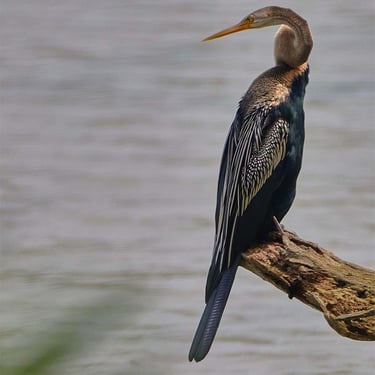
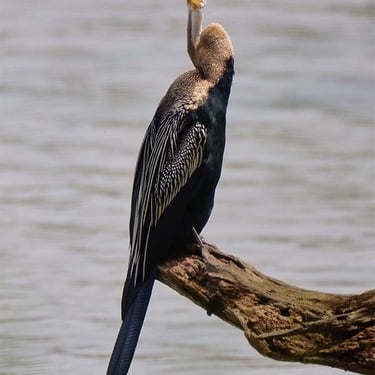
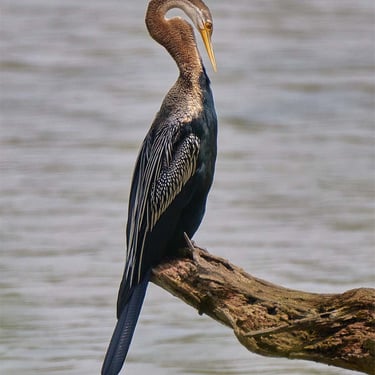
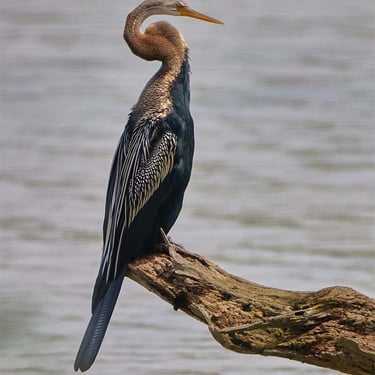
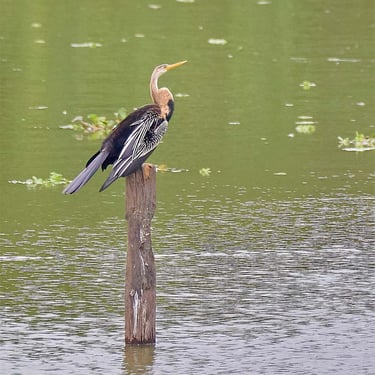

© 2025. All rights reserved.
